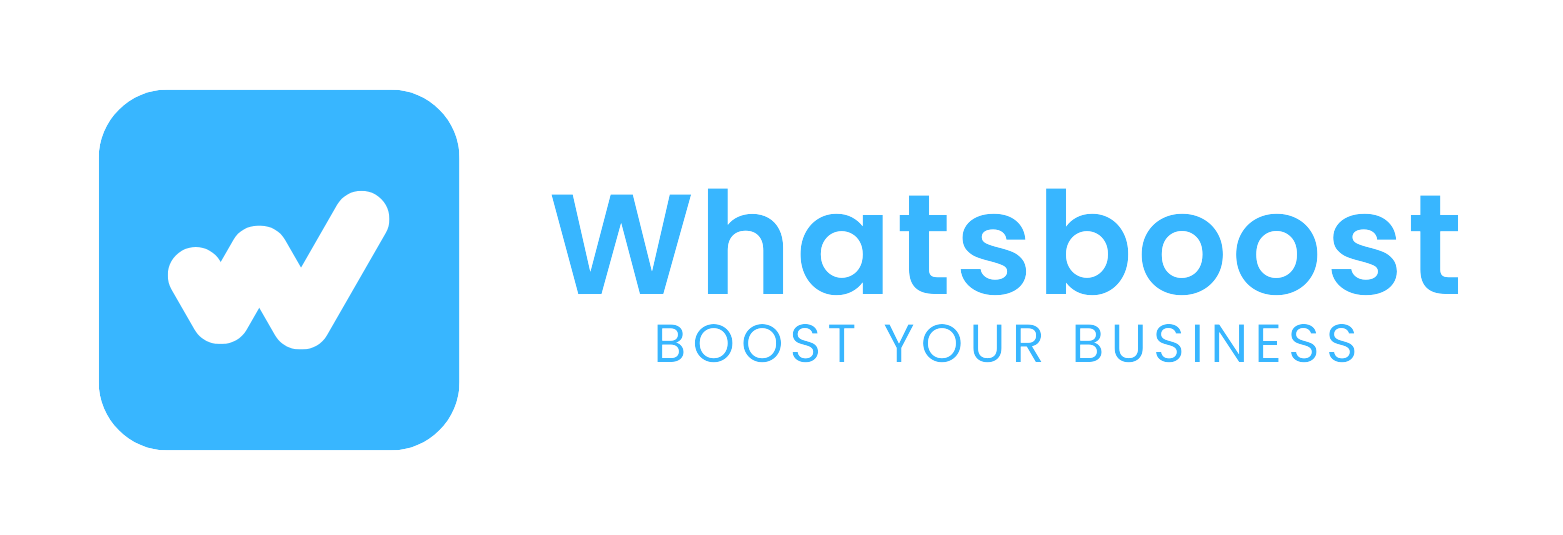
Unlocking WhatsApp Template Messaging for Education: A Strategic & Practical Guide
Get actionable strategies and fresh templates for impactful WhatsApp messaging in education. Explore best practices, challenges, and effective student/parent communication in 2025.
In today’s educational landscape, seamless communication can dramatically influence student success, parent trust, and operational efficiency. WhatsApp’s ubiquity, combined with its high engagement rates, allows educators to bridge information gaps, trigger timely actions, and personalize support—all in real time. But to truly harness WhatsApp, educators must craft messages that serve a clear purpose, comply with standards, and respect the different needs of their communities.
This guide goes beyond the basic list of WhatsApp templates, providing frameworks, example messages, and nuanced commentary on eliminating communication silos in education.
Why Purposeful Messaging Matters in Education
Unlike traditional email or SMS alerts, WhatsApp messages are often seen within minutes, creating a powerful touchpoint for institutions to:
Prompt timely action (e.g., application submissions, fee payments)
Support classroom engagement and parent involvement
Reduce follow-up burdens for admin and teaching staff
Yet, over-communication or one-size-fits-all alerts can cause students or parents to tune out. The goal is to balance frequency, clarity, and personalization so every interaction adds value.
Building a Robust Template Messaging Strategy
1. Focus on Outcomes
Effective templates prompt not only awareness but also engagement—from finishing admissions paperwork to boosting event participation or enabling students to seek help when struggling.
2. Contextual Personalization
Move beyond basic name inserts. Customized templates can reference specific courses, attendance figures, or upcoming deadlines, giving each message clear relevance.
3. Ongoing Consent and Privacy
Communicate only with those who’ve opted in, making it easy for recipients to adjust their preferences or seek clarification on message purpose—safeguarding trust and compliance.
4. Response Channels
Design messages to enable replies—such as instant “I need support” or “Request callback” options—ensuring your communication remains two-way.
Navigating Common Pitfalls
Information Overload
When too many generic updates are sent, users may begin ignoring even critical messages. Use segmentation and scheduling to deliver only what’s relevant at that moment.
Tone & Cultural Sensitivity
Templates should be reviewed to ensure they’re not robotic or impersonal, and are sensitive to community values and institutional culture.
Fragmented Operations
Manual data syncing or template approval bottlenecks can slow down communication. Integration with learning management, CRM, or student information systems helps automate and streamline reliable delivery.
Examples & Use Cases: Reimagined Templates for Real Scenarios
Here are example templates addressing key educational needs—each crafted to encourage not just delivery but genuine engagement.
Incomplete Application Reminder
Hi {{student_name}}, your {{course}} application remains unfinished. The deadline is {{deadline}}.
[Resume Application]
Need assistance? Reply “HELP” for direct support.
Offer of Admission & Orientation Guidance
Congratulations {{student_name}}! You have been accepted to {{institution}} for the {{course}} program.
Access your welcome kit here: {{download_link}}.
Questions? Reply “ADVISOR” and our team will help.
Fee Payment Due – Choice-Driven Prompt
Dear {{parent_name}}, your child’s tuition for {{term}} is due by {{due_date}}.
[Pay Now]
[Apply for Aid]
Questions about payment plans? Reply “FINANCE” for details.
Real-Time Attendance Alert and Academic Nudges
Hi {{student_name}}, your current attendance: {{attendance_rate}}%. Minimum required: {{min_required}}%.
If something is holding you back, reply “SUPPORT” to speak with your advisor.
Progress & Achievement Update
{{student_name}}, here’s an update for {{month}}:
Attendance: {{attendance_percentage}}
Assignments completed: {{assignments_completed}}/{{total_assignments}}
Feedback or concerns? Reply “COMMENT”.
Club, Event, or Trip Invitations
Excited for {{event_name}} on {{event_date}}? Reserve your spot: [RSVP Here]
To learn more, reply “INFO”.
Class Changes and Campus Closures
Attention: {{course_name}} on {{original_date}} is rescheduled to {{new_date}}.
For the full academic calendar, click here: {{calendar_link}}
School will be closed due to {{reason}} on {{date}}.
Classes return on {{resume_date}}.
Exam Results Notification
Results for {{exam_name}} are now available.
Check your scores here: [View Results]
Questions? Reply “SUPPORT”.
Celebratory & Milestone Highlights
Well done, {{student_name}}! You’ve attended {{attendance_percentage}}% of sessions this semester—a great achievement!
Need anything? Our team is here.
Operational Best Practices
Connect data sources (SIS, CRM, LMS) to automate timely, targeted communication
Enable reply handling—route response keywords (like “HELP” or “ADVISOR”) to the right admin or faculty
Optimize timing and frequency by reviewing engagement metrics and adjusting message schedules accordingly
Periodically audit templates to keep language, contact fields, and process flows up to date
Looking Ahead: The Future of Messaging in Education
As ed-tech and campus operations become more AI– and data-driven, template messages will increasingly adapt to individual student journeys—offering personalized nudges, wellness checks, and progress encouragement based on actual needs.
The ability to marry automation with empathy—supporting human connection at scale—will define standout educational experiences for years to come.
Bottom line:
WhatsApp templates are only as powerful as the thought, data, and empathy behind them. By designing messages with intent and listening to recipients, educational institutions can transform digital communication from an administrative task into a true engine of engagement and support.
